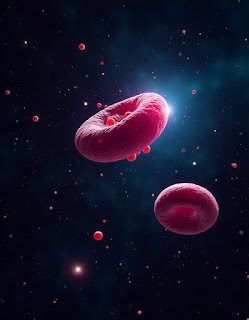Black Disease "Kala azar"
KALA AZAR/ BLACK DISEASE/ LEISHMANIASIS
If you read your daily newspaper, you are probably well aware of the leishmaniasis cases that are being reported in Jammu and Kashmir's less developed districts.
Otherwise? Then you should be aware of this condition, which has the potential to seriously harm the organ system as a whole.
It is a disease that is both parasite- and vector-borne.
Let's just know more!
It is a protozoal illness that is transmitted by phlebotomine sandfly bites.
This type of infection is mostly caused by over 20 different species of Leishmania, not just one strain of the parasite.
A weak immune system, inadequate housing, population dislocation, hunger, and a lack of financial means are all linked to the disease, which affects some of the world's poorest people.
Types of Kala azar
Leishmaniases can be classified into three primary forms:
- Cutaneous (which is the most common and typically causes skin ulcers),
- Mucocutaneous (affecting the mouth, nose, and throat),
- Visceral (the most serious form because it is almost always fatal without treatment).
- Bihar
- Jammu and Kashmir
- Uttar Pradesh
- Coastal areas of West Bengal
- Frequent episodes of fever
- Anemia
- Spleen and liver enlargement
- Weight loss.
Hindi and Urdu have a phrase "kala azar," where "kala" signifies black and "azar" means disease. This literally means "black sickness" and describes the staining of the skin that might seem grey or black in certain leishmaniasis instances. The phrase was first used in India in the late 1800s.
Although this darkening of the skin is not a common symptom of leishmaniasis, the name "kala azar" has become associated with the disease's visceral form.
- Early diagnosis and prompt treatment
- Vector control
- Cleanliness of animal reservoirs
- Disease surveillance
- Spreading education and awareness








Comments
Post a Comment